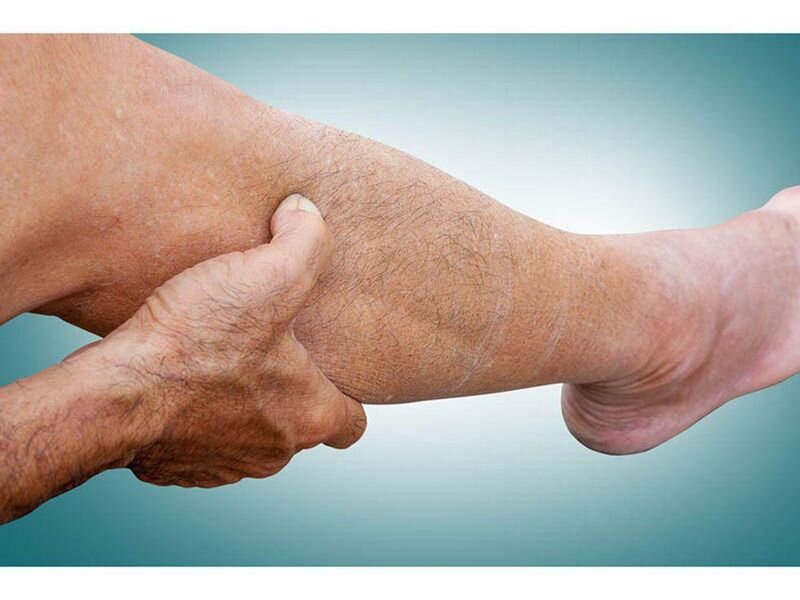Peripheral artery disease or peripheral arterial disease is a common condition whereby narrowed or blocked blood vessels limit blood flow to the arms or legs. The primary cause of peripheral arterial disease El Paso is the buildup of fatty plaque in the arteries, a condition called atherosclerosis. While PAD can affect any blood vessels, it is more common in the legs than the arms. The good news is that the simple lifestyle adjustments below can help you prevent this disease or slow down its progression.
Regular physical activity
One of the main goals of PAD treatment is to increase the distance a patient can walk without experiencing pain. While treating plaque buildup is vital to achieving this goal, proper exercise is also essential since it conditions muscles to use oxygen more efficiently. Besides helping muscles adapt to less oxygen, appropriate activity can help reverse plaque buildup. Your healthcare provider can work with you to build a training regimen. Most programs entail simple walking exercises with rest periods to help increase the time you can walk pain-free. You can partner with a rehabilitation center, or your doctor can work with you to create a home exercise plan built around your situation.
Proper diet
The majority of PAD cases result from plaque buildup due to high cholesterol. Your doctor may recommend a diet low in saturated and trans-fats to lower blood cholesterol. Sometimes healthcare providers prescribe cholesterol-lowering medication along with diet changes. Many people worry when they hear about dietary changes, but the truth is that simple adjustments can go a long way. For example, eating less red meat, more fruits and vegetables, avoiding fried foods, and switching to low-fat dairy products is often all it takes to lower cholesterol levels.
Diabetes management
PAD and diabetes symptoms often overlap and compound each other, putting your feet in danger. Therefore, it is best to control your blood glucose if you are at risk or have peripheral arterial disease. Managing diabetes reduces the risk of limb-related complications in patients with PAD. It also minimizes your risk of diabetes–related complications such as heart disease, kidney disease, and vision loss.
Fortunately, lifestyle changes for peripheral arterial disease and diabetes overlap; regular exercise, quitting smoking, dietary changes, and regularly inspecting your foot will benefit both conditions. Adhering to diabetes treatment is vital for better outcomes among patients with PAD. It is best to work with a doctor who specializes in diabetes to ensure your blood glucose is within the normal range.
Smoking cessation
Smoking is an unhealthy habit for everyone but even more risky for patients with peripheral arterial disease. Therefore, if you are at risk of PAD, you have even more reason to quit than the average smoker. Smoking raises blood pressure, lowers beneficial cholesterols, and damages heart tissue, increasing your risk of developing PAD. While quitting is often challenging, especially for heavy smokers, effective resources are available to help you on your journey.
They include behavior modification programs, nicotine replacement medicines, and other quit-smoking medications. When you stop smoking, you slow the progression of PAD and other heart-related diseases.
If you are at risk of PAD, consult your provider at Desert West Vein & Surgery Center to learn more about lowering your risk.

